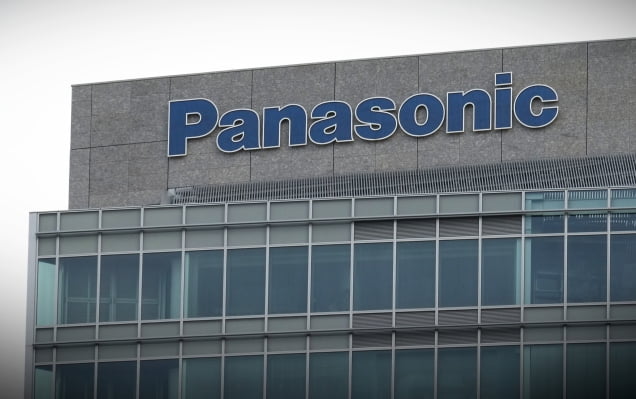Panasonic cuts battery unit’s operating profit forecast by 15% for financial year

Panasonic cuts battery unit’s operating profit forecast by 15% for financial year
On Monday, Japan’s Panasonic Holdings announced a reduction in the operating profit forecast for its energy unit, which primarily manufactures automotive batteries, by 15%. The downward revision in projections arrives alongside the company’s cautionary note regarding a deceleration in demand for high-end electric vehicles in the North American market.
Panasonic’s tempered outlook for its battery division reflects a broader trend observed across the automotive industry, as an increasing number of automakers and suppliers have issued their own warnings about the anticipated downturn in electric vehicle (EV) sales.
This cautionary stance is prompted by the recent deceleration in major economies, including notable markets such as China and Europe, which have experienced a slowdown in consumer demand and overall economic activity. The combination of these factors has led to a more cautious market sentiment, with various industry players taking proactive measures to reassess their growth projections and adjust their operational strategies in response to the evolving market dynamics.
In response to the evolving market conditions and a notable slowdown in the demand for high-end electric vehicles, Panasonic revised its full-year operating profit forecast for the energy unit responsible for producing batteries utilized by renowned automakers such as Tesla and other industry players. The company adjusted the operating profit forecast for this segment to 115 billion yen ($769 million), marking a significant reduction from the previously anticipated 135 billion yen.
To provide further insights into the company’s financial performance and offer a comprehensive overview of its second-quarter earnings, Panasonic’s group chief financial officer is scheduled to conduct a briefing starting at 0900 GMT on Monday. This briefing session is expected to shed light on the specific factors influencing the company’s financial outlook, including the impact of market trends, demand dynamics within the electric vehicle sector, and the broader economic conditions shaping the industry landscape.
With a focus on transparency and effective communication, this briefing session aims to provide stakeholders with a deeper understanding of Panasonic’s strategic responses to the current market challenges and its plans to navigate through the evolving business environment.
According to a presentation posted on its official website, Panasonic highlighted that its battery unit’s production in Japan had been affected by the diminishing demand for high-end electric vehicles (EVs) in North America. This shift was attributed to the impact of the U.S. Inflation Reduction Act, which prompted changes in consumer demand patterns. The company indicated that this regulatory development had a direct influence on the market dynamics, resulting in a slowdown in the adoption of high-end EVs and subsequently affecting the production levels within its Japanese facilities.
On the other hand, Panasonic emphasized that its operations in North America continued to maintain stable production levels, reflecting consistent demand for vehicles eligible for tax credits. Despite the challenges faced in the Japanese market, the company reported a more positive outlook for its North American operations, suggesting a more favorable market environment and sustained consumer interest in EVs that qualified for tax incentives. This differentiation in performance across different regions underscores the complex interplay of various regulatory and consumer-driven factors that impact the demand and production dynamics within the global automotive industry.



